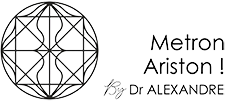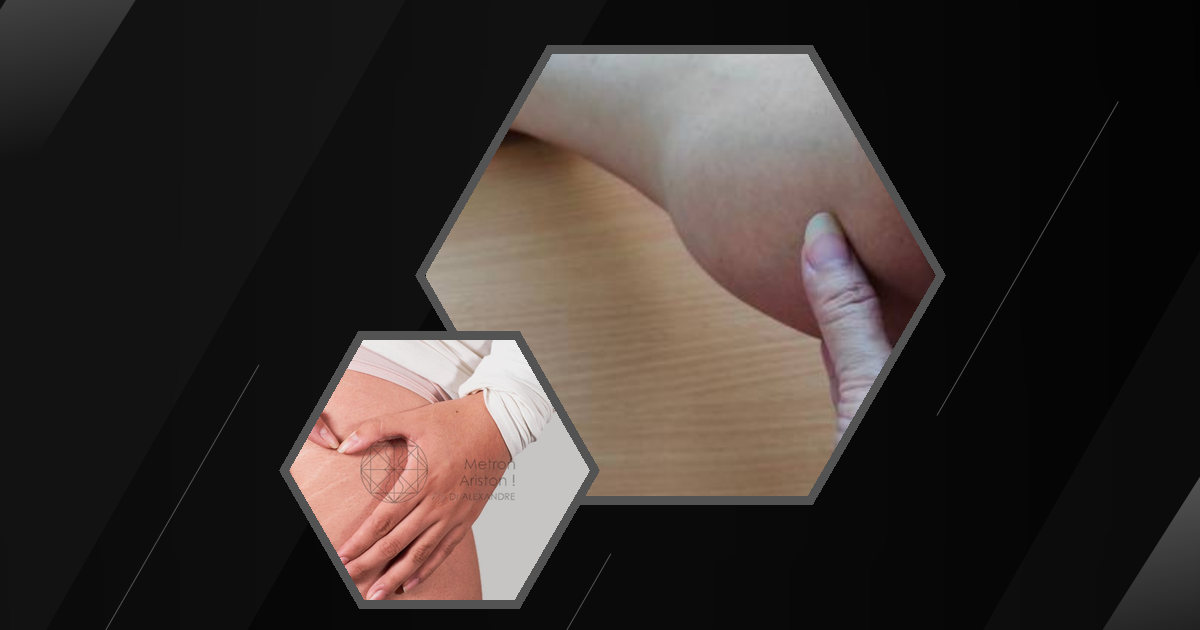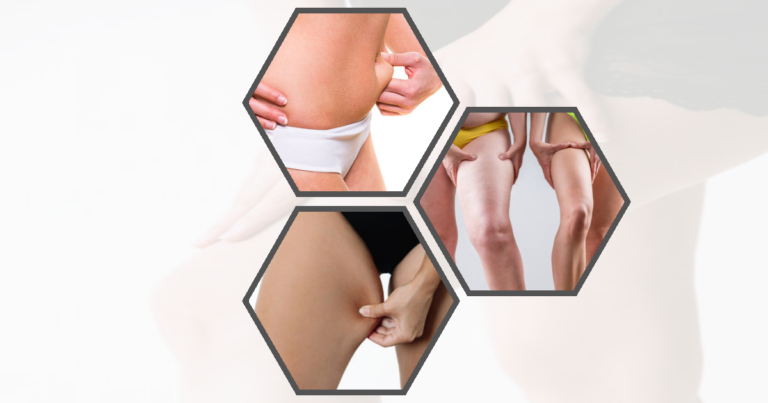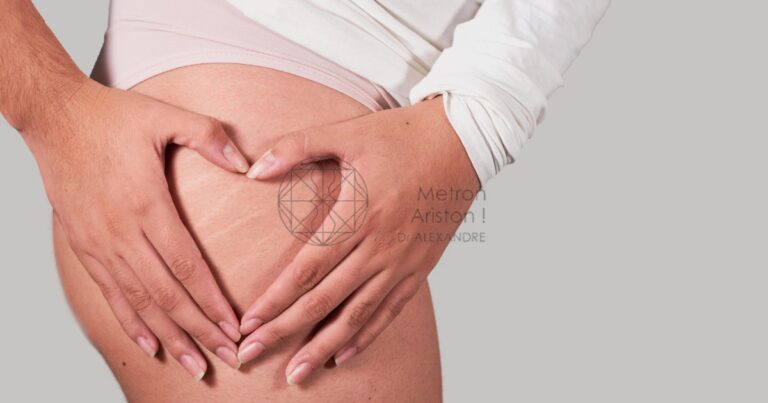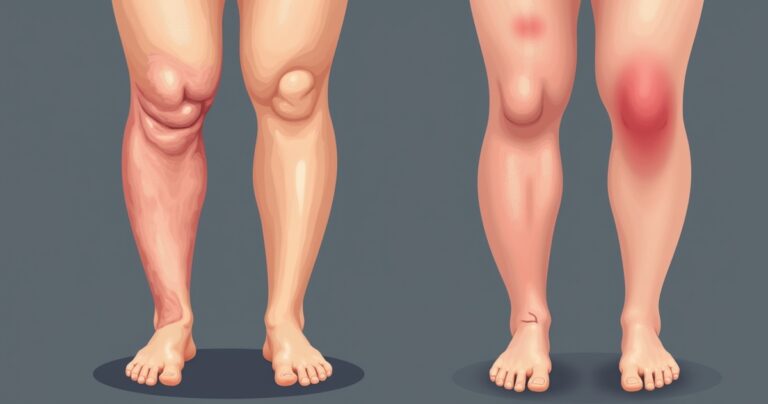Can Liposuction Reduce Belly Fat? A Comprehensive Guide
Liposuction is a popular cosmetic procedure that many people consider when looking to reduce belly fat. But can liposuction truly help in achieving a flatter stomach? This comprehensive guide explores the ins and outs of liposuction for belly fat removal, its effectiveness, and how it compares to other fat reduction methods.
Understanding Liposuction for Belly Fat Removal
How Liposuction Targets Abdominal Fat
Liposuction is a surgical procedure designed to remove excess fat deposits from specific areas of the body, including the abdomen. It works by inserting a thin tube, called a cannula, through small incisions in the skin. The cannula is used to suction out fat cells, effectively reducing the volume of fat in the targeted area. This method is particularly effective for individuals who have stubborn fat that does not respond to diet and exercise.
- Liposuction specifically targets subcutaneous fat, which is the fat located just beneath the skin.
- The procedure is not intended for weight loss but rather for body contouring and improving the shape of the abdomen.
- Liposuction can be performed on various parts of the body, but the abdomen is one of the most common areas treated.
Types of Liposuction Techniques for the Belly Area
There are several liposuction techniques available, each with its advantages. The choice of technique depends on the patient’s needs and the surgeon’s expertise.
- Tumescent Liposuction : This is the most common technique, involving the injection of a saline solution mixed with anesthetic and epinephrine to minimize bleeding and pain.
- Ultrasound-Assisted Liposuction (UAL) : This technique uses ultrasonic vibrations to liquefy fat cells, making them easier to remove.
- Laser-Assisted Liposuction (LAL) : A laser is used to melt fat cells, which are then suctioned out. This method can also promote skin tightening.
- Power-Assisted Liposuction (PAL) : This technique uses a vibrating cannula to break up fat cells, allowing for easier removal.
|
Technique |
Description |
|
Tumescent Liposuction |
Involves saline solution injection to reduce pain and bleeding. |
|
Ultrasound-Assisted (UAL) |
Uses ultrasonic vibrations to liquefy fat cells. |
|
Laser-Assisted (LAL) |
Employs a laser to melt fat and promote skin tightening. |
|
Power-Assisted (PAL) |
Utilizes a vibrating cannula for easier fat removal. |
Effectiveness of Liposuction in Reducing Belly Fat
Expected Results and Limitations
Liposuction can effectively reduce belly fat, but it is important to have realistic expectations. The procedure can significantly improve body contours, but it is not a substitute for weight loss or a healthy lifestyle.
- Patients can expect to lose 20-30% of the fat cells in the treated area, according to the American Board of Cosmetic Surgery.
- The results are generally long-lasting, provided the patient maintains a stable weight post-surgery.
- Liposuction does not address visceral fat, which is the fat surrounding internal organs.
Factors Affecting Liposuction Outcomes
Several factors can influence the success of liposuction, including the patient’s age, skin elasticity, and overall health.
- Younger patients with good skin elasticity tend to achieve better results.
- Maintaining a healthy lifestyle post-surgery is crucial for preserving the results.
- Pre-existing medical conditions may affect the healing process and final outcome.
- Age and skin elasticity play a significant role in the success of the procedure.
- A stable weight and healthy lifestyle are essential for maintaining results.
- Medical conditions can impact healing and overall outcomes.
Liposuction vs. Non-Surgical Fat Reduction Methods
Comparing Liposuction to CoolSculpting and Other Alternatives
Liposuction is not the only option for reducing belly fat. Non-surgical methods like CoolSculpting offer alternatives for those seeking less invasive procedures.
- Liposuction : Involves surgery, provides immediate results, and is suitable for larger fat deposits.
- CoolSculpting : A non-invasive procedure that freezes fat cells, which are then naturally eliminated by the body over time.
- Radiofrequency and Ultrasound Treatments : Use energy to target and reduce fat cells without surgery.
Pros and Cons of Surgical and Non-Surgical Approaches
Each method has its own set of advantages and disadvantages, which should be considered when choosing the best approach for fat reduction.
- Liposuction Pros : Immediate results, effective for larger areas, and can be combined with other procedures.
- Liposuction Cons : Involves surgery, requires recovery time, and carries surgical risks.
- Non-Surgical Pros : No surgery or downtime, minimal discomfort, and gradual results.
- Non-Surgical Cons : May require multiple sessions, is less effective for large fat deposits, and results take time to appear.
|
Method |
Pros |
Cons |
|
Liposuction |
Immediate results, effective for large areas |
Surgical risks, recovery time required |
|
CoolSculpting |
Non-invasive, no downtime |
Multiple sessions are needed, and gradual results |
|
Radiofrequency |
No surgery, minimal discomfort |
Less effective for large fat deposits |
Recovery and Aftercare Following Abdominal Liposuction
Post-Operative Care and Healing Timeline
Proper aftercare is essential for a successful recovery and optimal results. Patients should follow their surgeon’s instructions closely.
- Most patients can return to work within a week, but strenuous activities should be avoided for several weeks.
- Wearing a compression garment helps reduce swelling and supports the healing process.
- Full recovery can take several months, during which the final results will gradually become apparent.
Long-Term Maintenance of Liposuction Results
Maintaining the results of liposuction requires a commitment to a healthy lifestyle.
- A balanced diet and regular exercise are crucial for preventing weight gain in untreated areas.
- Patients should monitor their weight and avoid significant fluctuations to preserve the results.
- Regular follow-up appointments with the surgeon can help address any concerns and ensure long-term success.
- Return to work is possible within a week, but avoid strenuous activities.
- Compression garments aid in reducing swelling and supporting healing.
- A healthy lifestyle is essential for maintaining results.
How Much Fat Can Liposuction Remove from the Stomach?
Safe Fat Removal Limits
Liposuction has limits on how much fat can be safely removed in a single session.
- According to a study published in the Plastic and Reconstructive Surgery journal, up to 5 liters of fat can be safely removed in one procedure.
- Removing too much fat at once can increase the risk of complications and affect the skin’s ability to retract.
- Surgeons will assess each patient’s unique situation to determine the appropriate amount of fat to remove.
Multiple Treatment Sessions for Optimal Results
In some cases, multiple liposuction sessions may be necessary to achieve the desired results.
- Patients with larger fat deposits may benefit from staged procedures to minimize risks.
- Each session should be spaced out to allow for proper healing and assessment of results.
- Surgeons will create a personalized treatment plan based on the patient’s goals and body type.
- Up to 5 liters of fat can be safely removed in one session.
- Multiple sessions may be needed for larger fat deposits.
- Personalized treatment plans ensure optimal results.
Is Liposuction or Tummy Tuck Better for Belly Fat?
Comparing Liposuction and Tummy Tuck Procedures
Liposuction and tummy tuck are two different procedures that address belly fat and skin laxity in distinct ways.
- Liposuction : Focuses on removing fat deposits and is ideal for patients with good skin elasticity.
- Tummy Tuck (Abdominoplasty) : Involves removing excess skin and tightening abdominal muscles, suitable for those with loose skin after weight loss or pregnancy.
Choosing the Right Procedure for Your Body Goals
The choice between liposuction and a tummy tuck depends on the patient’s specific needs and desired outcomes.
- Patients with excess skin and weakened abdominal muscles may benefit more from a tummy tuck.
- Those with good skin tone and localized fat deposits are better candidates for liposuction.
- Consulting with a qualified surgeon can help determine the most appropriate procedure.
|
Procedure |
Focus |
Ideal Candidates |
|
Liposuction |
Fat removal |
Good skin elasticity, localized fat |
|
Tummy Tuck |
Skin removal and muscle tightening |
Excess skin, weakened muscles |
How Long Does Belly Fat Liposuction Last?
Longevity of Liposuction Results
Liposuction results can be long-lasting, but they are not permanent without proper maintenance.
- The fat cells removed during liposuction do not regenerate, leading to a permanent reduction in fat in the treated area.
- However, remaining fat cells can expand if the patient gains weight, affecting the results.
- Maintaining a stable weight is crucial for preserving the benefits of the procedure.
Lifestyle Factors Affecting Long-Term Outcomes
Several lifestyle factors can influence the longevity of liposuction results. Liposuction limitations persist as the procedure cannot remove large amounts of fat or tighten loose skin Patients should maintain a healthy lifestyle after liposuction to keep long-term results
Cellulite unaffected liposuction removes fat from under the skin but does not change the appearance of cellulite This procedure targets deep fat layers while leaving the dimpled surface of cellulite unchanged Liposuction wellness effects can help people feel more confident about their body shape and may encourage them to maintain a healthier lifestyle after the procedure
Liposuction maximum extraction refers to the highest amount of fat that can be safely removed during a liposuction procedure Doctors set limits on how much fat they can take out to keep patients healthy and avoid complications Lymphedema surgery liposuction is a special operation that removes extra fat and fluid from swollen body parts to help people with lymphedema feel more comfortable and move easier Doctors use small tubes to suck out the excess tissue during
Alcohol post liposuction Drinking alcohol after liposuction can be dangerous and slow down healing It’s best to avoid alcohol for a few weeks after the surgery to help your body recover faster Liposuction pricing UAE varies depending on the clinic and the amount of fat removed but generally costs between 15000 to 40000 dirhams for a single treatment area
Liposuction leaves faint marks on the skin where small incisions are made to remove fat These tiny scars usually fade over time and become barely noticeable
- A healthy diet and regular exercise are essential for preventing weight gain.
- Patients should avoid significant weight fluctuations to maintain their new body contours.
- Long-term success depends on the patient’s commitment to a healthy lifestyle.
- Fat cells removed do not regenerate, but the remaining cells can expand.
- A stable weight is crucial for maintaining results.
- A healthy lifestyle is essential for long-term success.
Cost Considerations for Belly Fat Liposuction
Factors Influencing Liposuction Pricing
The cost of liposuction can vary based on several factors, including the surgeon’s experience and the complexity of the procedure.
- Geographic location and the surgeon’s reputation can significantly impact pricing.
- The extent of the procedure and the number of areas treated also affect the overall cost.
- Additional fees may include anesthesia, facility charges, and post-operative care.
FAQs
Can liposuction reduce belly fat effectively?
Yes, liposuction can effectively reduce belly fat by removing fat cells from the targeted area. However, it is important to maintain a healthy lifestyle to preserve the results.
What is the difference between liposuction and a tummy tuck?
Liposuction focuses on removing fat deposits, while a tummy tuck involves removing excess skin and tightening abdominal muscles. The choice depends on the patient’s specific needs and goals.
How long does it take to recover from abdominal liposuction?
Recovery from abdominal liposuction typically takes several weeks. Most patients can return to work within a week, but full recovery and final results may take several months.

